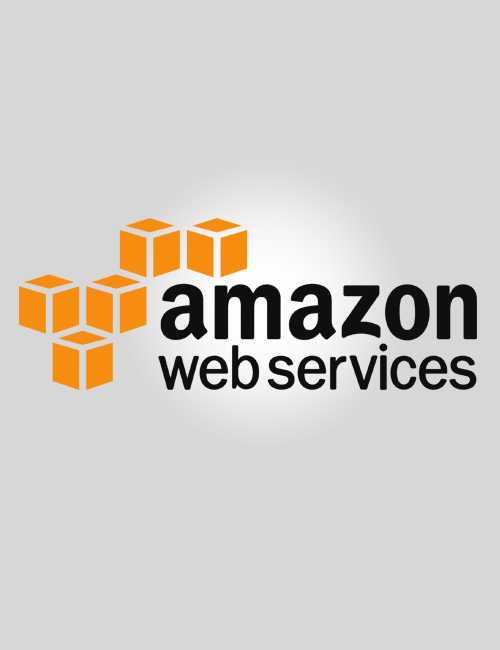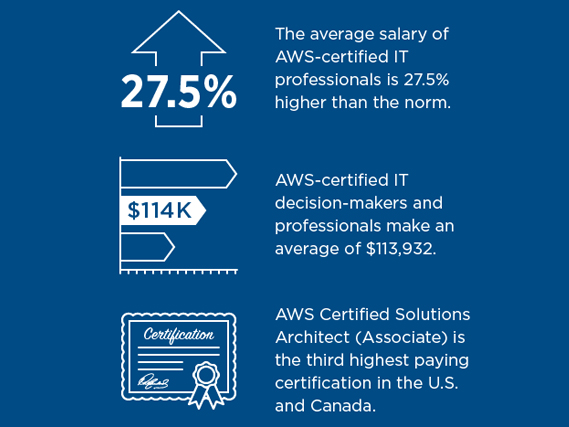 +91 75501 66012
+91 75501 66012  contact@greenstechnologys.com
contact@greenstechnologys.com

Amazon Web Services (AWS) is a secure cloud services platform, offering compute power, database storage, content delivery and other functionality to help businesses scale grow. Millions of customers are currently leveraging AWS cloud products and solutions to build sophisticated applications with increased flexibility, scalability and reliability.
This course is for enabling you in cloud computing specialization and becoming an AWS Certified Professional.All trainers are AWS certified Consultants and have a huge knowledge and real-time experience in IT field.AWS will be of great choice to start-up Companies who are trying to move to the cloud infrastructure.
AWS provides cloud computing resources that enable a business to build highly available and scalable applications. Hence knowledge about these AWS services and gaining practical experience on how to work with them on the Cloud for crucial businesses design architecture
Mon – Fri ( 4 Weeks ) | 06.30 AM - 6.30 PM Time (IST) (any 2 hours)
Sat – Sun ( 6 Weeks ) | 07.30 AM - 08:00 PM Time (IST) (any 3 hours)


Amazon Web Services training is designed to help you become an AWS Expert. During this course, our expert instructors will help you:
This Amazon Web Services training course is suitable for
